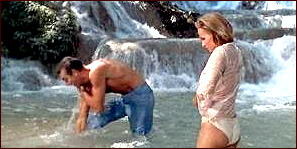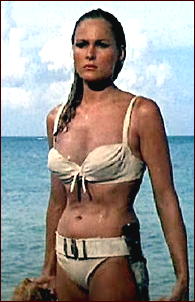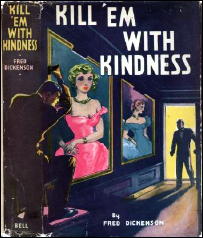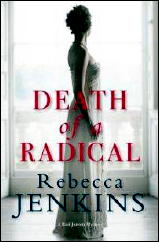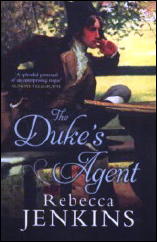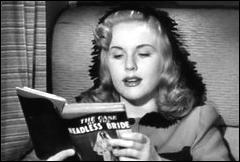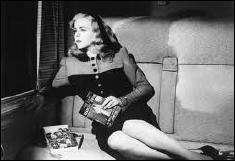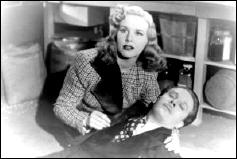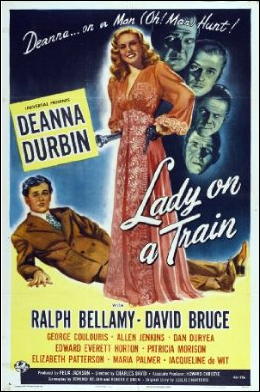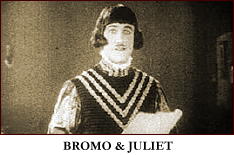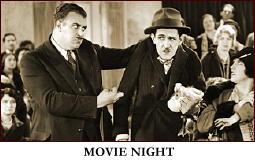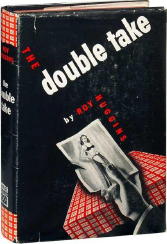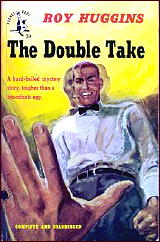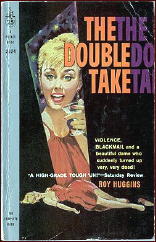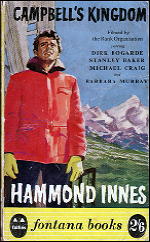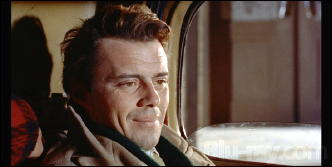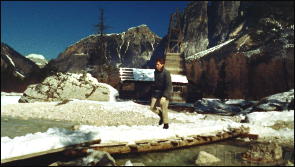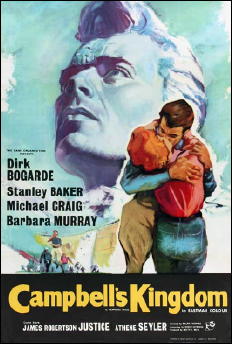Mon 10 Oct 2011
Archived Review: PAUL KEMPRECOS – Neptune’s Eye.
Posted by Steve under Bibliographies, Lists & Checklists , Characters , Reviews[2] Comments
PAUL KEMPRECOS – Neptune’s Eye. Bantam, paperback original, September 1991.

This is a long book, over 300 pages of small print, and so even at a $4.50 cover price, you’re getting your money’s worth. It’s also a private eye novel, and while I like PI novels almost more than any other kind of detective story, I think that 300 pages of small print is too long. While PI stories might not need to be short, they do need to be snappy, and after 300 pages I found that this one had long since lost its snap.
It is the second adventure for Aristotle “Soc” Socarides, the first being Cool Blue Tomb, published a few months before, also by Bantam. It begins as a missing daughter caper, but quickly heads off in several directions: first, as a murder mystery; then as an industrial espionage story involving a notorious arms dealer and a large Cape Cod scientific community; as a World War II Nazi novel; and as a deep-sea diving adventure.
While all this is going on, Socarides must also locate his sister, who has run away from home. In a certain sense, I disapprove of this trend. Hercule Poirot never had to work on a case for his mother. Sam Spade never had to work on a case for his mother. Perry Mason never had to work on a case for his mother. (The list goes on.)
Or in other words, everything is in here except for the stopper for the kitchen sink. Socarides is also a wise mouth when it comes to cops who have an attitude toward PI’s who have wise mouths and seem to barge in on murder cases where they’re not wanted. I’ve read this before, and so have you.
There are also times in the tale when Socarides’ actions are also very dumb, and that he is alive to tell the story when it’s over came as quite a surprise to me. The murder mystery has been solved at a point when there are still fifty pages to go, which are then used to clear up all the other loose ends. Neatly enough, I should add, but by that time I’m afraid I just didn’t care enough.
Rating: C.
The Aristotle “Soc” Socarides series —
1. Cool Blue Tomb (1991) [Shamus Award for Best First PI Novel]

2. Neptune’s Eye (1991)
3. Death in Deep Water (1992)

4. Feeding Frenzy (1993)
5. Bluefin Blues (1997)
Since 1999 Paul Kemprecos has been the co-author of several novels in Clive Cussler’s “NUMA Files” series. At least the first two books of his own series are hard to find, and in nice condition have become rather pricey (in the $20 to $30 range).
